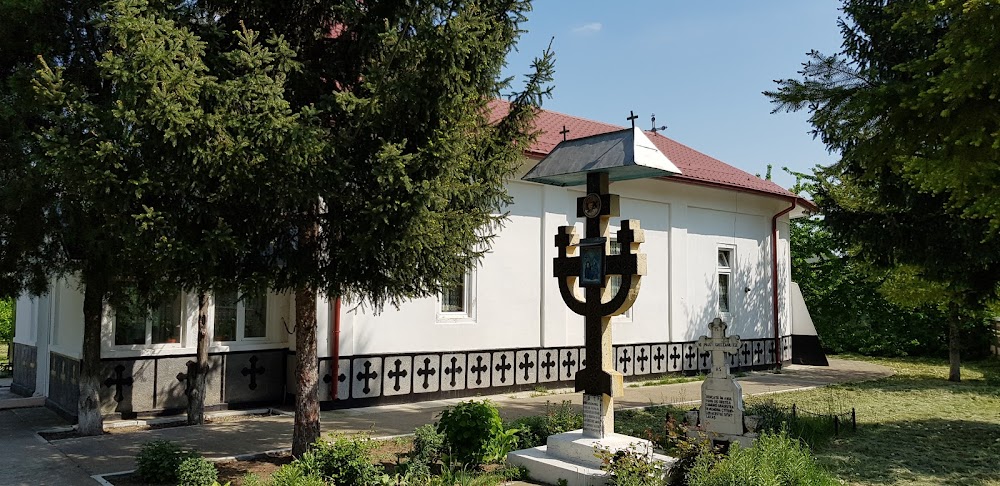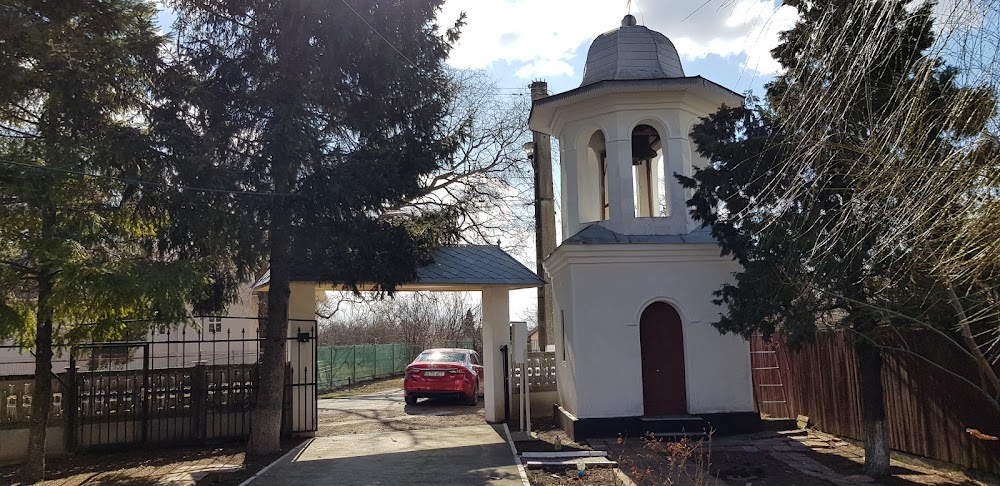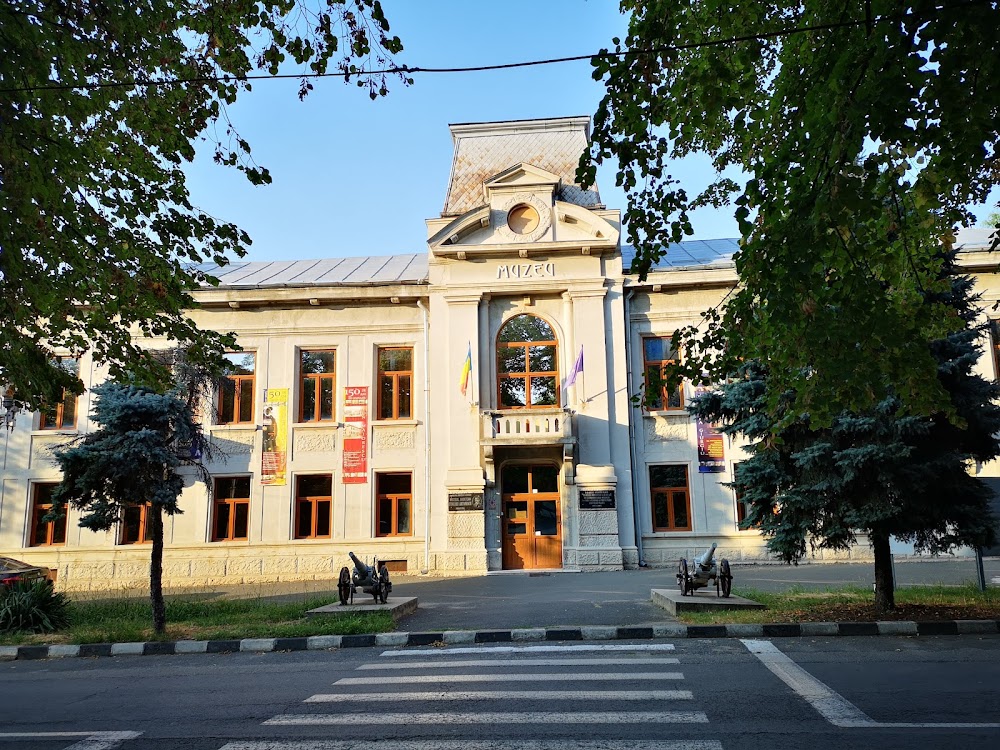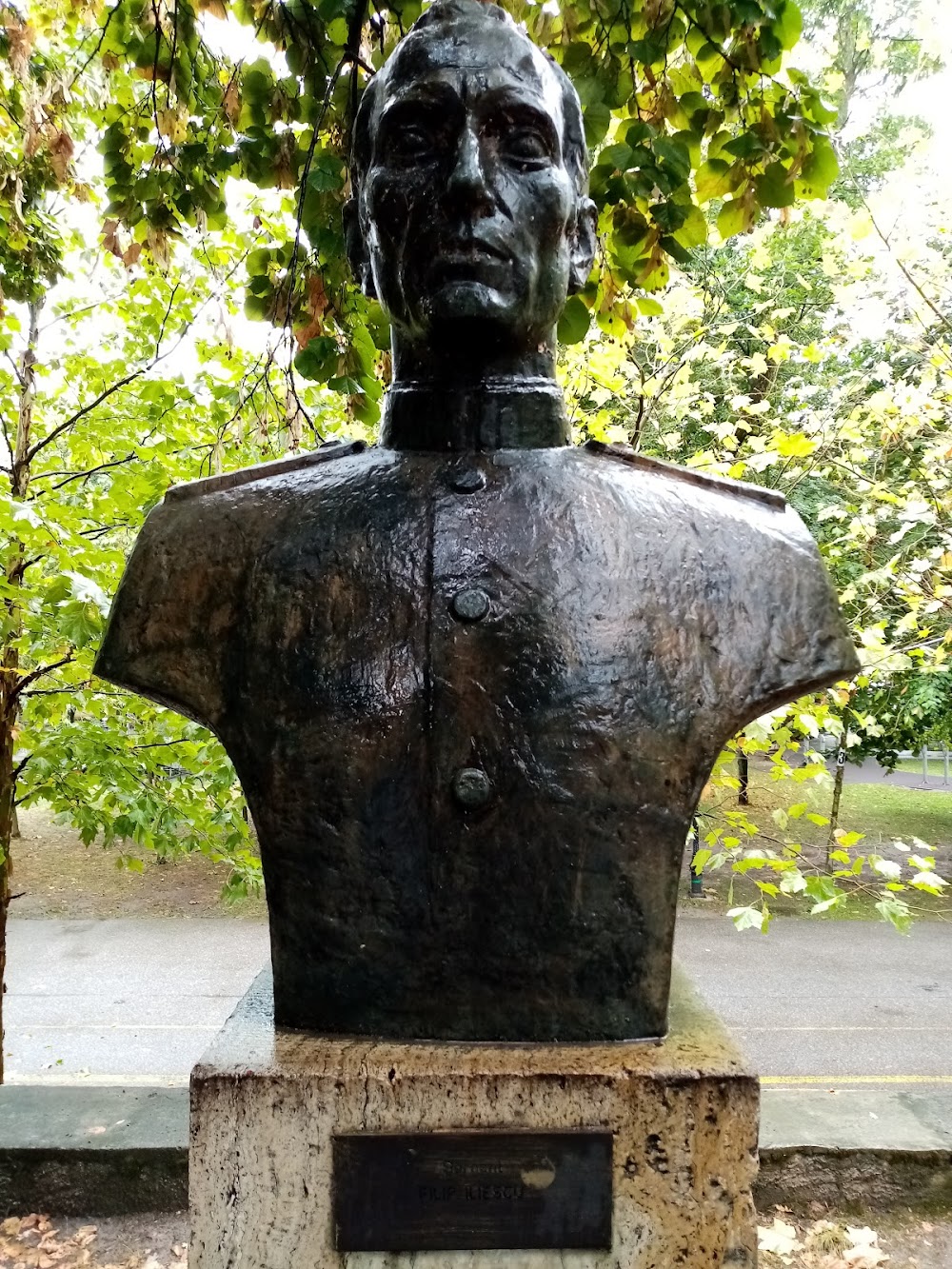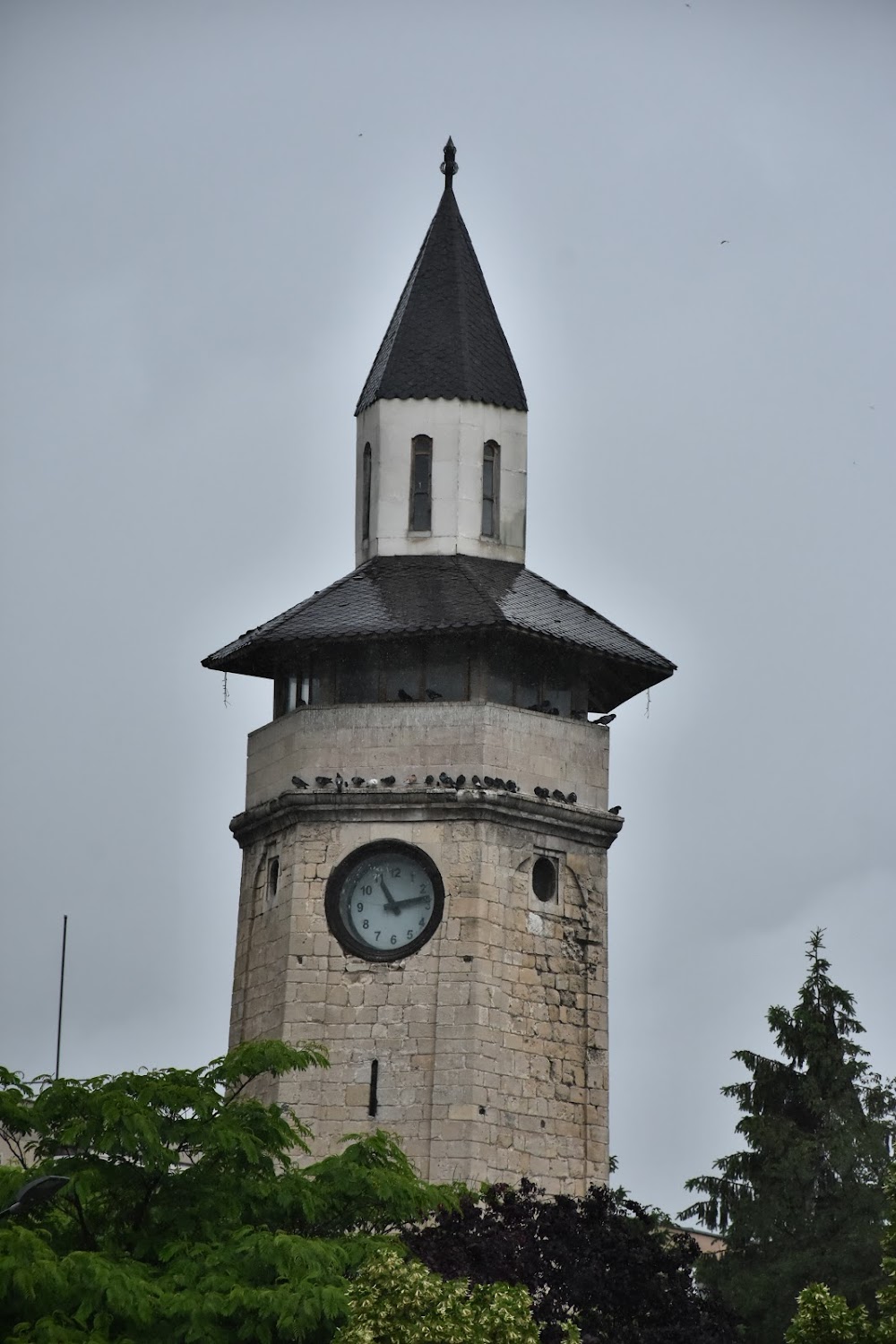Gradistea Monastery (Mănăstirea Grădiștea)
Overview
Biserica Sf. Treime Grădiștea: A Jewel of Religious Architecture
Nestled in the heart of Giurgiu County, Romania, Biserica Sf. Treime Grădiștea, or the Holy Trinity Church of Gradistea, stands as a beautiful testament to the region's rich history and deep-rooted faith. This stunning piece of religious architecture has become a symbol of the local community's devotion and heritage.
The church's construction commenced in the early 18th century, with the foundation stone laid in 1718. Under the guidance of local priests and the community's spiritual leadership, this sacred site was established on land generously donated by a prominent landowner, known for his unwavering commitment to the Orthodox faith. Local artisans and craftsmen employed traditional building techniques and materials, bringing this architectural marvel to life.
Architectural Brilliance
Reflecting the exquisite Brâncovenesc style, Biserica Sf. Treime Grădiștea showcases a unique blend of Byzantine, Ottoman, and Western European architectural influences. The church features a classic cross-shaped floor plan, a design commonly found in Orthodox churches. Its exterior is adorned with stunning frescoes and intricate carvings that depict religious motifs and biblical scenes, captivating visitors with their beauty and craftsmanship.
Stepping inside the church reveals an equally magnificent interior. One of its most striking features is the iconostasis—a beautifully carved wooden wall that separates the nave from the sanctuary. This masterpiece is embellished with gold leaf, while the icons, painted by renowned iconographers of the time, were created using traditional techniques and natural pigments, making each piece a work of art in its own right.
Preservation Through the Ages
Throughout its history, Biserica Sf. Treime Grădiștea has undergone several restorations to maintain its structural integrity and artistic heritage. A significant restoration project took place in the 19th century, addressing damages from natural wear and wartime destruction. Led by skilled craftsmen and supported by donations from the local community and benefactors across the country, this effort ensured the church would continue to stand tall as a symbol of faith and resilience.
More than just an architectural gem, the church has always been a cornerstone of spiritual life for the local community. It has hosted countless liturgical services, including baptisms, weddings, and funerals, providing a place of solace and celebration for generations.
A Beacon of Hope
The church's history is intricately intertwined with Romania's broader socio-political context. During turbulent times, such as the Phanariot era and the communist regime, Biserica Sf. Treime Grădiștea emerged as a crucial bastion for preserving the community's spiritual and cultural identity. It served as a beacon of hope, offering comfort and support to those in need.
In recent years, initiatives have been introduced to ensure the church remains an active and vibrant part of the community. Programs designed to engage both the young and elderly foster a sense of unity and continuity. Today, the church continues to be a place of worship, reflection, and cultural preservation, attracting visitors from across Romania and beyond.
A Testament to Heritage
Biserica Sf. Treime Grădiștea transcends its role as a mere place of worship; it stands as a historical monument that offers invaluable insight into Romania's architectural, artistic, and spiritual traditions. Its ongoing preservation and use pay tribute to the dedication and faith of those who built it and those who continue to care for it today.
Ultimately, Biserica Sf. Treime Grădiștea is a shining example of Romania’s rich cultural and religious heritage, symbolizing the enduring connection between the past and the present. Whether you're drawn by its architectural beauty, its spiritual significance, or its historical context, a visit to this remarkable church is a journey into the heart of Romania's soul.


